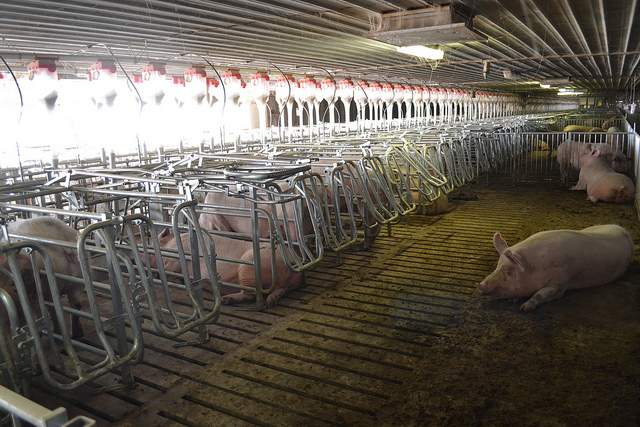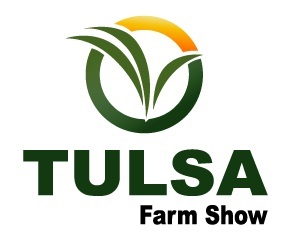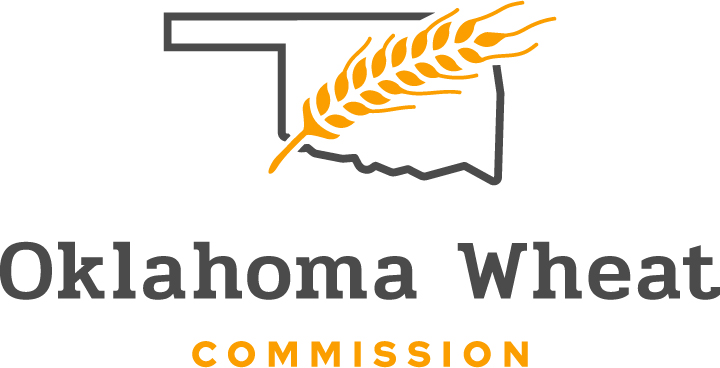
Agricultural News
Is the US Pork Industry Really Ready for African Swine Fever?
Mon, 04 Nov 2019 15:07:57 CST
 If an outbreak of African swine fever (ASF) were to occur in the U.S. is the pork industry ready? Many parties are working to make sure it's as ready as possible, but there may be more questions than answers.
If an outbreak of African swine fever (ASF) were to occur in the U.S. is the pork industry ready? Many parties are working to make sure it's as ready as possible, but there may be more questions than answers.
Dr. Sarah Tomlinson, Associate Deputy Administrator of the Strategy and Policy Unit within USDA's Animal and Plant Health Inspection Service (APHIS), Veterinary Services, gave an update on the four ASF exercises that have been conducted this year to help the industry prepare. She spoke during a meeting of state veterinary officials, held in conjunction with the 2019 U.S. Animal Health Association annual meeting, in Providence, Rhode Island, this week.
The exercises involved veterinary officials from 14 pork-producing states, APHIS, state and national pork associations and private sector companies. Each exercise built upon the previous, to provide successive levels of preparedness.
The goal of the final exercise was to conduct a combination of functional exercises and drills over a four-day period with participation from federal, state and local agencies along with industry representatives. It took place in September and focused on the following major activities:
Day 1: Conduct a foreign animal disease (FAD) investigation and subsequent communication, coordination and engagement of the National Veterinary Services Laboratory's Foreign Animal Disease Diagnostic Laboratory, and the appropriate laboratories in the National Animal Health Laboratory Network.
Day 2: Respond to and support a state, regional, or national movement standstill, depending on the pig population infected.
Day 3: Implement the planning and resource coordination associated with depopulating and disposing of infected and exposed swine.
Day 4: Implement a system to allow for continuity of business for non-infected operations within a control area.
In addition to U.S. government and industry representatives, interested parties from Australia, Denmark, and the Canadian Food Inspection Agency also took part.
Action items identified
Participants learned a great deal by going through the exercises. As a result of the final exercise, several conclusions became evident.
National movement standstill
Many states and pig companies support a national-movement standstill at the start of an ASF outbreak if the disease is detected in commercial pigs in order to determine where the disease is and control immediate spread. Participants recognized the need for updates to the existing "Initial Movement Standstill" guidance to include the start/stop time criteria, the grace period for pigs in transit and those in livestock markets. APHIS will be working on this request with the stakeholders and will also determine the appropriate regulatory mechanism for a national movement standstill, should it be needed.
Indemnity policy
Compensation for animals that are depopulated during an outbreak is an important issue. States and the private sector have requested 100% fair market value payment for ASF-infected or exposed swine that are depopulated in order to prevent and control ASF spread. Currently, regulations allow for 50% of fair market value for animals and materials that are destroyed/depopulated, with the Secretary of Agriculture having the discretion to authorize up to 100%, Tomlinson said. APHIS supports the 100% fair market value; however stakeholders acknowledge the fair market value for pigs may change rapidly in an outbreak situation. APHIS has committed to clarify what indemnity payment percentage is available, and what, if any, actions are needed at the start of an outbreak to implement it.
Rapid depopulation
ASF is a disease that moves very quickly - and can affect many pigs in a short amount of time. Stopping the spread of the disease involves depopulating affected and exposed animals.
"During the exercise, some our state and industry partners asked us to provide guidance on what methods of rapid depopulation APHIS will support and how that would vary during the outbreak - whether APHIS would only support rapid depopulation at the start of an outbreak or throughout its duration," Tomlinson said. "APHIS has committed to review the available information and make a decision to share with the states and industry."
National surveillance and diagnostics
The ability to accurately detect the presence and absence of a disease is essential. In the event of an ASF detection, the states and the private sector want assurances their companies and networks are uninfected from ASF and may request wide-scale surveillance and pre-movement testing by company, network, or jurisdiction at the start of an ASF outbreak. APHIS is working with states and industry to further develop surveillance capabilities, including validation of multiple sample types (e.g., pooled whole blood, oral fluids) for use in an outbreak and prioritization criteria for testing samples to have ready for immediate implementation at the start of an outbreak.
Virus elimination
During any animal disease outbreak, cleaning and disinfection with the goal of eliminating the virus from infected areas is very important. States, the private sector, and APHIS will work together for better information and knowledge on defining adequate ASF virus elimination in different premises and environments, Tomlinson said. Additionally, APHIS was asked to provide details on how flat-rate virus elimination reimbursement will be calculated.
The exercises were valuable, and provided an important foundation for follow-up procedures and mechanisms to help the industry deal with an FAD outbreak.
The US Animal Health Association addresses topics ranging from zoonotic diseases, to regulations, to specific diseases in cattle, horses, sheep, cervids, poultry and pigs, and much more. Leaders from government, industry and academia gather with producers to find solutions to health issues that help animal agriculture thrive.
Source- USAHA
WebReadyTM Powered by WireReady® NSI
Top Agricultural News
More Headlines...




